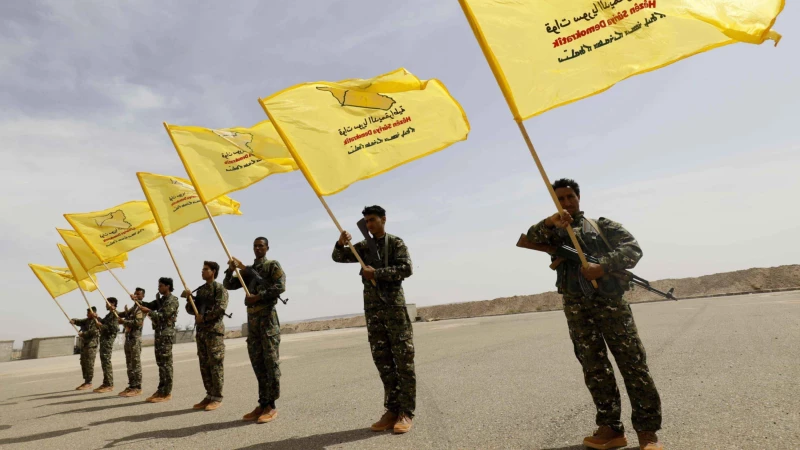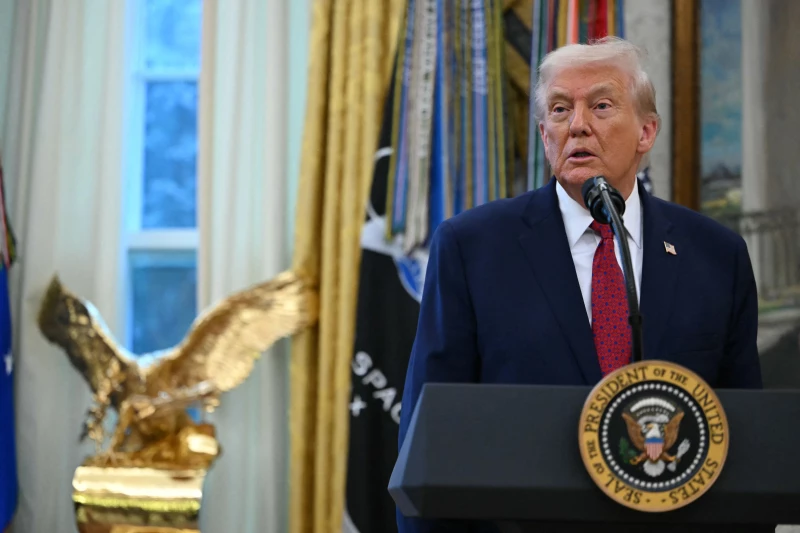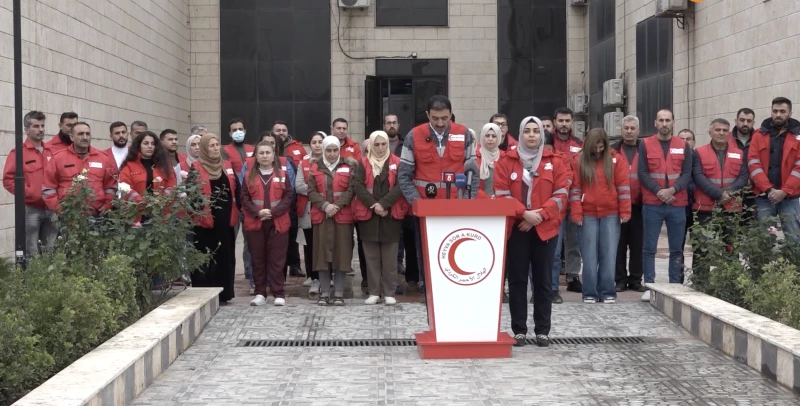ERBIL, Kurdistan Region of Iraq - Farid Saadoun, a Kurdish writer and political analyst based in Damascus with a PhD in literary criticism said negotiations on integrating the Kurdish-led Syrian Democratic Forces (SDF) with Damascus are ongoing but no concrete steps have been taken. Speaking to The New Region, Sadoun said talks center around how SDF units can be restructured while maintaining some degree of autonomy.
The researcher clarified that recent discussions between SDF chief Mazloum Abdi and top Syrian officials have centred on converting SDF units into army divisions and brigades, with one counter-terrorism force led by Kurds functioning under the Ministry of Defense and supported by the international coalition against the Islamic State (ISIS).
However, disputes persist regarding deployment, ranks, and command structures, and Sadoun anticipates that the process — if agreement is reached — will take six months to a year.
Regional and international powers such as the US, Turkey, and Russia also have a great deal of influence on how the process will proceed, according to the analyst.
The following is the full transcript of the interview with Farid Sadoun, conducted on Sunday, October 12
Q: At what stage is the integration process of the SDF into the Syrian army?
A: No integration steps have begun yet, and negotiations are still ongoing regarding how to achieve integration and the mechanisms for realizing the merger. Disagreements between the two sides persist regarding the method of integration. There is American, Turkish, and Saudi intervention in the negotiations and proposal presentations. There is a proposal that seems somewhat acceptable, which is to change the name of the Syrian Democratic Forces (SDF), so that it becomes corps, divisions, brigades, and battalions affiliated with the Syrian army. However, one division would remain under the name "Counter-Terrorism Forces (YAT)" and will consist of Kurdish personnel from the SDF, with support and assistance from the international coalition. It would be affiliated with the Syrian Ministry of Defense but would enjoy a degree of independence to operate across all Syrian territories against groups classified as terrorists.
According to this proposal, which was presented last week when General Mazloum Abdi met with President Sharaa, the defense minister, and the head of Intelligence, a committee from the SDF is expected to visit Damascus in the coming days to discuss the terms and details of this proposal. If agreement is reached on the details, the integration process will begin, which is expected to take from six months to one year.
Q: What led to the escalation between Damascus and SDF?
A: In reality, there is no escalation between the government and SDF. There is an understanding between the two sides in a meeting held with an American delegation and the International Crisis Group present, agreeing not to clash since the start of the "Repelling The Aggression" battle in December 2024. This understanding remains in place, and meetings and dialogues continue between the two sides without interruption. However, they have experienced some setbacks due to disagreements on certain issues.
For example, the Syrian government believed that the Kurdish conference on April 26, 2025 was provocative and issued decisions that contradict the understanding between the government and SDF, especially regarding federalism and unifying Kurdish regions into one administrative area, which the government considered a form of separation or partition.
Another reason for escalation is the factions loyal to Turkey, especially the Suleiman Shah faction known as al-Amshat and the Hamza Division. These receive orders from Turkey and periodically conduct provocations and attacks on SDF positions in the Deir Hafer area and Tishrin Dam east of Aleppo, creating tension in the region.
Q: What form could integration realistically take – full merger, limited autonomy, or a loose federal model?
A: No federalism. The government categorically rejects the issue of federalism (political decentralization), and Turkey and some Gulf states support this position. However, proposals related to administrative decentralization and expanded local administrations are being put forward. The Syrian president has stated he accepts granting Kurdish areas certain specificity and a degree of local self-administration, and recognition of the Kurdish language.
Regarding SDF forces, full integration is not acceptable to the SDF’s leadership. They propose that SDF forces have a type of independence and specificity, being affiliated with the Ministry of Defense but remaining a cohesive and united force, not joining the army as individuals but as one bloc. Damascus completely rejects this.
Therefore, there is a middle-ground solution: dividing SDF into two categories. The first would join the army and follow the Ministry of Defense. The second, the Counter-Terrorism Forces, would have limited independence and specificity, with Kurdish leadership, and would officially be affiliated with the Ministry of Interior and coordinate with the international coalition.
Q: What are the red lines for both sides?
A: Damascus's red lines are: separation, partition, federalism, and SDF forces remaining outside the Syrian amy system, while the SDF's red lines are: dismantling and dissolving SDF forces, relinquishing self-administration, and giving up gains achieved over the past years.
Q: Can SDF forces retain their own chain of command, or will they be absorbed into the Syrian Army structure?
A: The SDF cannot retain its chain of command. Rather, there will be discussions about the military ranks that the SDF granted to its officers, so that there are standards for granting these officers military ranks consistent with international or Syrian military standards. These include having an academic degree, graduating from a military college, a staff course, and other military standards.
Therefore, some officers will be discharged, especially those whose ages exceed requirements (over sixty, for example), or young officers who were granted high ranks inconsistent with their ages. Some ranks will be reduced, some recognized, and some canceled according to these standards.
According to the recent understanding between General Mazloum and the Defense Minister, most SDF leaders will join the Syrian army. However, there are details that the military committee will discuss, such as the areas where SDF forces joining the army will serve, how these forces will be distributed among divisions, brigades, and battalions, how they will be deployed and armed, which forces will be within border guard formations, etc.
All these details will be discussed by the military committee in Damascus. So far, there is no agreement on these details. Therefore, there is no complete absorption into the army, but rather there will be division and detailing of how absorption will occur and who will retain some specificity and limited independence.
Q: What role can the internal security forces (Asayish) play within the post-integration framework?
A: According to the understanding, Asayish will join the [state] internal security forces and be affiliated with the Ministry of Interior. However, there will also be standards for this. According to the proposal, elements wishing to resign can resign, and those wishing to continue whose qualifications are acceptable can continue their work within the internal security forces. Most likely, most of these will serve in areas of northern and eastern Syria.
Q: How does the regional context affect the negotiations?
A: Not only the regional context, but also the international one. We cannot claim that Damascus and SDF are negotiating with complete independence away from regional and international influences. We know there is direct Turkish, American, Russian, and Arab intervention in Syria.
However, the party with the most influence on the negotiation path is Turkey, because Turkey has great influence over Damascus, has a hostile position toward SDF forces, considers them forces affiliated with the Kurdistan Workers' Party [PKK], and views them as posing a direct threat to its national security. Therefore, Turkey has invaded Syrian territory and occupied Jarabulus, Afrin, Ras al-Ain, and Tal Abyad under the pretext of fighting terrorism and the danger posed by SDF forces to its security.
At the same time, America has its interests in the region and does not want Turkey to expand its areas of influence in Syria. This expansion also meets categorical rejection from Israel, which sees that expanding Turkish hegemony over Syria will threaten its borders and security as well.
Hence, there is a discrepancy and contradiction between the interests of the powers intervening in Syrian affairs, and therefore, each party tries to impose its opinion on the course of negotiations. Therefore, these negotiations will not succeed without regional and international understanding, especially between Turkey and America, the two main powers in the region.
We cannot exclude the Gulf and Israeli role, as there are Israeli projects in Syria, including the David Corridor that reaches SDF areas. All these powers are trying to impose their vision on the course of the political solution in Syria to achieve their interests.
Q: How will integration affect Afrin?
A: Afrin is an area occupied by the Turkish Army, where armed factions loyal to Turkey are deployed and practice actions against the Kurdish people in Afrin, including displacing Kurds and seizing their property, settling Arabs and Turkmen in Afrin, and building settlements.
Any political solution that does not include liberating Afrin and the return of its people will not succeed. Therefore, the agreement between SDF and Damascus must include a special clause for the return of the displaced to their homes, restoration of all their rights, and removal of all manifestations of demographic change in Afrin, Ras al-Ain, and the rest of the areas.
Q: What risks does SDF face in losing local legitimacy if it aligns with Damascus?
A: The people have reached a degree of discontent due to poor service conditions, such as electricity, high prices, migration, closure of government schools, and other living difficulties, to the point where they now demand security, stability, and a dignified life.
Hence, the people are eager for a reconciliation agreement and political solution between Damascus and the SDF, even at minimum levels. Therefore, I do not believe the people will reject any agreement between Damascus and SDF, even if it is at minimum levels of what was requested.
On the other hand, media campaigns have planted in people's minds that there will be a region called Western Kurdistan (Rojava) that would be quasi-Kurdish state with self-rule, somewhat similar to the Kurdistan Region of Iraq. The people will experience a type of disappointment and frustration when they notice that the agreement between SDF and Damascus will not include any reference to the Rojava region. However, they will accept reality for fear of losing everything or the region sliding into a new war that could destroy the area after it maintained a degree of security throughout the years of the Syrian war.
Q: How do Kurdish residents and other minorities view such a step?
A: Other minorities, including Assyrians, Chaldeans, and Syriacs, have become very few in number, with presence only in small neighborhoods within cities, as most have emigrated abroad. These minorities' goal is to preserve their existence and ensure their sectarian and religious specificity.
Therefore, they see the agreement between SDF and Damascus as a type of stability and security, and will be among the supporters of such an agreement. At the same time, they demand that their rights be included as a main clause in any political solution that will be reached.

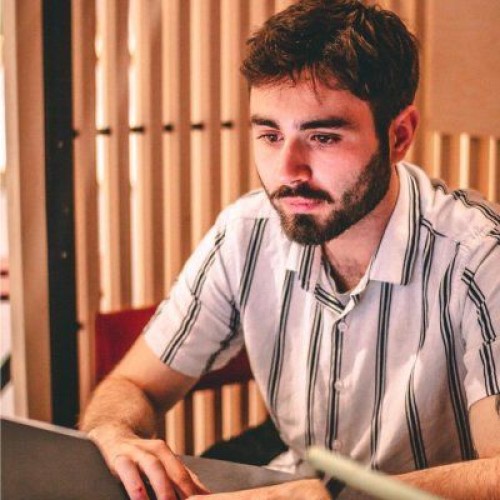
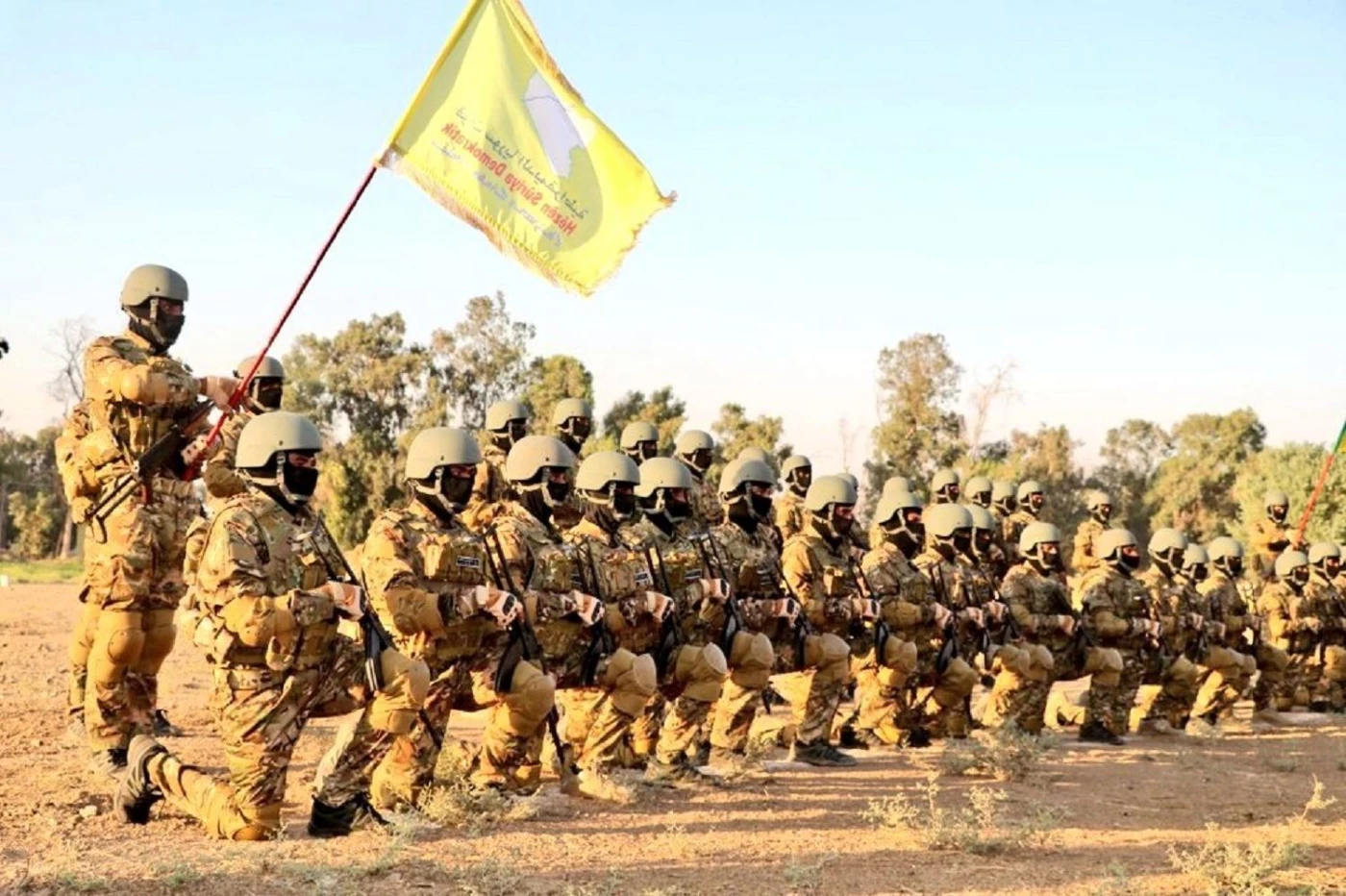
 Facebook
Facebook
 LinkedIn
LinkedIn
 Telegram
Telegram
 X
X
